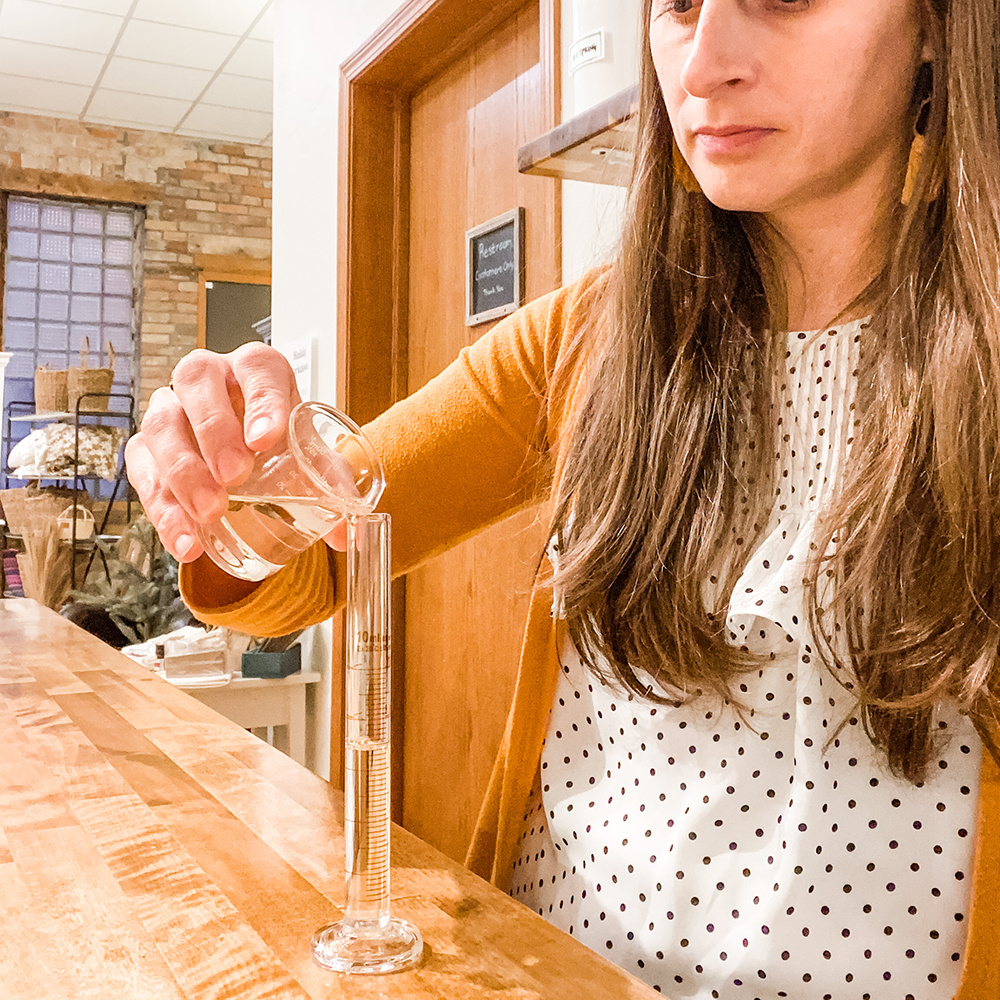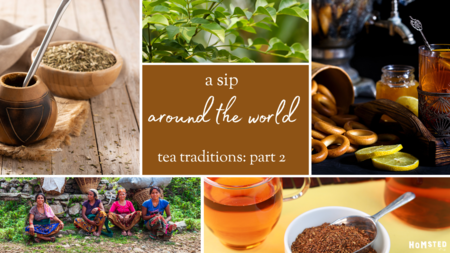Essential Oils & Consistency: why is there batch-to-batch variability in smell?

Before my husband and I opened our shop we decided to visit some friends that live in South Africa and visit the farms and essential oil distillers from that region (always a to-do on our travels along with botanical gardens). We were quite impressed with the professionalism and knowledge of essential oils in this important essential oil production region. One place in particular that was dear to our hearts was visiting a distiller called Still Pure in Riebeeck Kasteel, South Africa.

The distilling manager spent the whole afternoon with us explaining their process and showing his oils. At one point he set out five bottles of essential oils. He covered the labels so we could not see what they were. He said to smell each one and guess what it was. Each one was distinctly different. I could guess one, tea tree, but could not for the life of me, guess the rest though they smelled somewhat similar. To my surprise they were all tea tree, and they were all grown within 100 miles of the distilling facility! I was so amazed that tea tree could have so many different variations within such a close proximity. He further explained that each one was unique due to the farm’s zone. One was higher in elevation, one was in a much wetter environment, one was grown in a more arid climate, etc. This experience was a key to my understanding of the inherent variability and nuance of essential oils.
Now that we have been open for 8 years and counting, we have become even more familiar with the nuances of oils. Throughout the years we have had several customers say “why does this essential oil not smell identical as the last one I got”.

I would like to go on a quick rant about how picky we are about which distiller and regions we source our oils from. Most are certified organic, have kosher certifications, gas chromatography mass spectrometry analysis and always have the certificate of analysis. So you can bet your buns our oils are top quality.
During the 20th century, modern perfumery was dominated by synthetic essences and replaced essential oils as the scent. This allowed the commercial perfume industry more consistency in standardizing aromas. Due to this, the average consumer assumes that all scents should be consistent.
It is important as a user of essential oils, that we remember with standardized synthetic fragrances you will expect complete uniformity but with nature based essential oils, the aroma can fluctuate due to it’s growing environment. It is completely normal for the aroma to vary slightly in smell. Here are just a few factors that influence the aroma of essential oils:
- Growing elevation
- Temperature, particularly at time of harvest
- Relative humidity
- Soil chemistry
- Water availability
- Time of year of harvest
- Time of day of harvest
- Length of day
- Geographical region
- Extraction methodology (which includes numerous additional factors)
- Whether it was distilled from a dry plant or fresh
- Storage technique
These environmental differences can change the relative abundance of chemical components in the plant. One particular plant should have the same components but the ratios of the constituents may differ causing the aroma to be different.

Another thing to note is that the scent of an essential oil can change over time. Firs and citrus oils typically degrade quicker. This is due to their high monoterpene content; monoterpenes being a relatively small and delicate chemical class. Other plants and resins such as patchouli or myrrh, have an aroma that typically gets better with age owing to their high sesquiterpene contents (i.e. longer chain terpenes that are more stable).
This is what makes essential oils so special: each plant has its own personality. This variation is a good thing- it’s a reassurance that it comes from a real plant!





Comments
I have only been working with essential oils for about 8 months now and this was one of my questions pondering in my mind for a while now. My blend "Oil of Joy" differs with every new blend. And now I am able to explain to my clients why. Thanks a million. I am so glad that I stumbled on your website this morning.